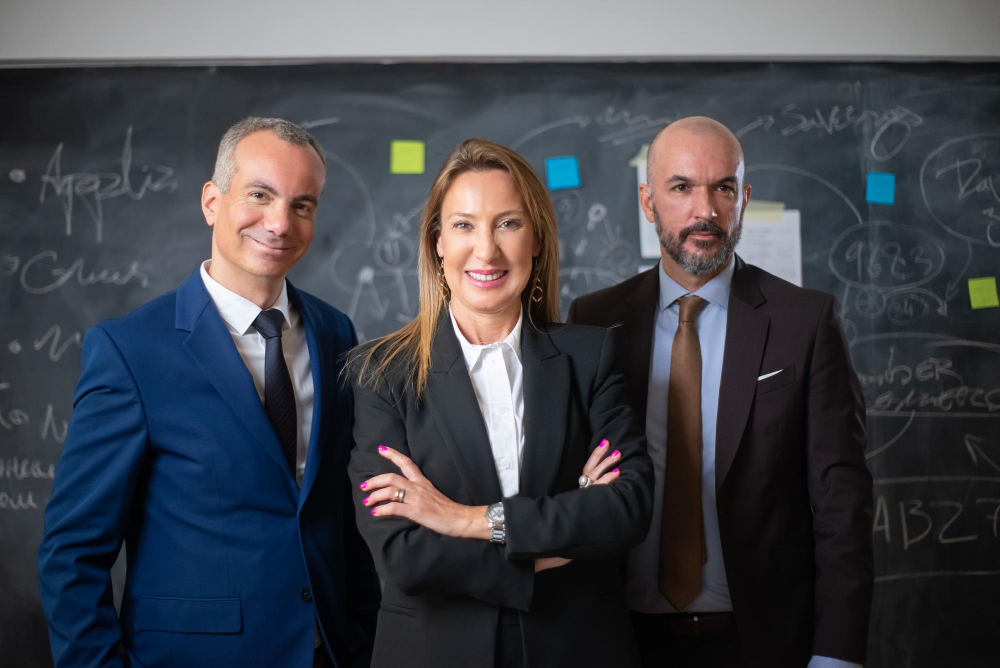Educational policy and reform are how schools improve. Problems get identified, and leaders make decisions around policies that will help solve them. Ed.D. leaders are well-equipped to play a big role in this process, and the end result is improved achievement among students and a more equitable educational system.
Ed.D. leaders and policy change
It’s no secret that crafting effective education policies can be like navigating a maze. There are many different considerations that must be taken into account and rules and regulations that must be met. For such a complicated task, you need people with the right skills, and that’s where Ed.D. leaders come in.
These leaders don’t work in isolation, though. They actively engage in cross-sector collaboration with all sorts of different groups. Governmental agencies, nonprofit organizations, and community stakeholders are just examples of groups that have valuable input into where things need to be improved. As well as gaining diverse insights, this alliance allows them to pool resources and create comprehensive strategies aimed at improving education.
It should be noted that this process is not always straightforward. Victories aren’t always achieved without overcoming obstacles along the way. Educational leaders often encounter resistance from different groups when advocating for new policies. This resistance could be due to budgetary constraints or skepticism about the potential outcomes of the proposed new policies.
Ed.D. leaders in this situation need to have strong problem-solving skills to come up with solutions. For example, if the implementation of a new literacy program was receiving pushback from budget shortfalls, an Ed.D. leader could seek alternative funding through grants from local businesses and philanthropic foundations instead.
Being a catalyst for change
Beyond just being a contributor, Ed.D. leaders are often the driving force behind school rethinking and reform initiatives. It means they have to take on the role of a catalyst for change and possess strong leadership skills.
One key aspect of this leadership is introducing innovative models of education. Project-based learning and competency-based education are two examples of innovations that Ed.D. graduates were instrumental in leading. Both models moved away from traditional rote memorization styles of learning and instead focused more on critical thinking.
Implementing these changes is about the growth and development of teachers and administrators, too. It’s not just about introducing new ideas. Under the guidance of an Ed.D. leader, educators can broaden their skill sets to match new and evolving teaching methods. This way, they can better support learners during transitional phases without sacrificing the quality of their teaching.
Resource allocation is another area where Ed.D. leaders play a role. They can evaluate the existing resources within schools and strategically allocate them towards areas requiring improvement or innovation. It could be true of not just financial resources but also human ones. By doing so, they ensure that every dollar spent contributes directly to enhancing student outcomes rather than disappearing into administrative black holes.
These are just a few examples for people wondering, what can you do with an Ed.D degree? These degrees, like the ones offered by Rockhurst University, are designed to give you the skills required to shape the future of education. Rockhurst’s courses can even be completed in only two years, and better yet, they’re 100% online.
Strategic leadership and student achievement
The leadership of Ed.D. leaders needs to be strategic in addition to being innovative. It’s not enough to simply identify something that isn’t working and replace it with something else that sounds good. There needs to be a strong strategy in place, and anything that is introduced must have sound evidence backing it and be part of a broader, overall strategy.
They use evidence-based strategies to optimize teaching methods and improve overall school performance. They rely on data-driven decision-making processes, too. It could include analyzing standardized test results or other assessment scores from individual classrooms or at the district level. They could use this data to identify patterns and trends and use them to make changes.
One area that’s a focal point for Ed.D. leaders is creating a culture of excellence within schools. It’s not just about achieving high grades; it’s about building an environment where all students can thrive in multiple areas. Academics is obviously a focus, but developing socio-emotional skills needed for life beyond school walls is just as important. Ed.D. leaders promote high expectations among staff members, who are then required to translate those same values into their daily interactions with students.
Equity and inclusion in education
Equity and inclusion are both topics you would have already heard a lot about but are another focus of Ed.D. leaders. Addressing disparities within school systems is one of their key focuses. They work tirelessly to identify gaps in educational access and outcomes by analyzing things like academic performance, attendance rates, disciplinary actions, and graduation rates across different demographics.
Ed.D. leaders champion inclusive policies and practices that lead to every student feeling valued and having equal opportunities to flourish. It includes creating accessibility plans for students with disabilities or special needs, developing anti-discrimination policies, promoting gender equality, and implementing programs that cater to low-income families or those from other marginalized communities.
Community engagement plays a big part in this. Schools are not islands. They’re part of larger community ecosystems, and having strong partnerships with leaders of these communities outside of school is very important. These relationships, be it local businesses sponsoring scholarships or nonprofits providing after-school programs, give Ed.D. leaders confidence that they fully understand the big picture.
Promoting culturally appropriate pedagogy is part of this, too. Ed.D. leaders recognize the diverse cultural backgrounds of their student bodies and aim to incorporate a wide-ranging education that covers different historical contexts and cultural beliefs.
The role of an Ed.D. leader is truly transformative. The kids in schools today will be the ones playing important roles in society in the future, so they need to have systems in place where they can thrive. Ed.D. leaders are central to making this a reality.








Leave a Reply